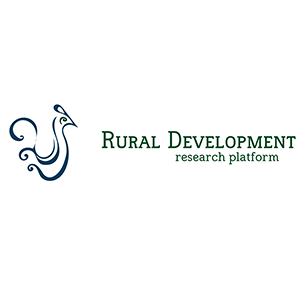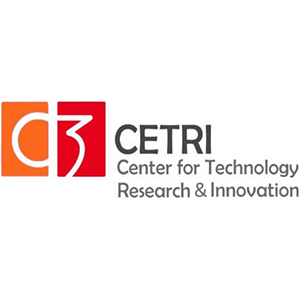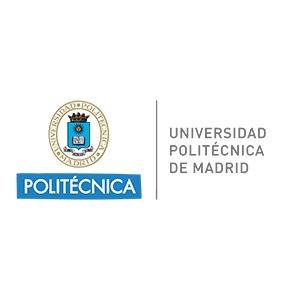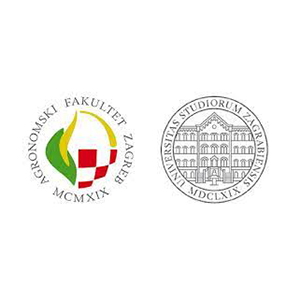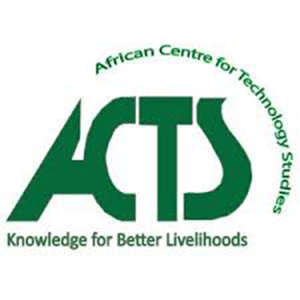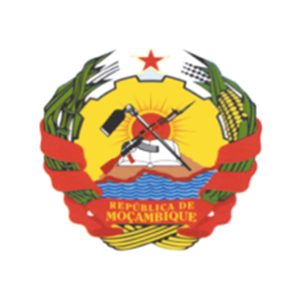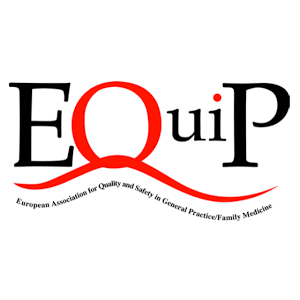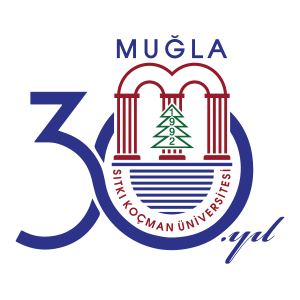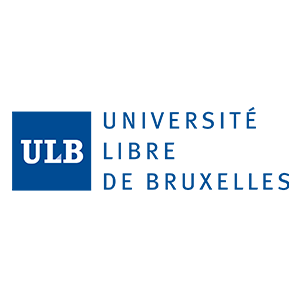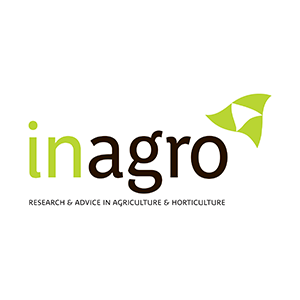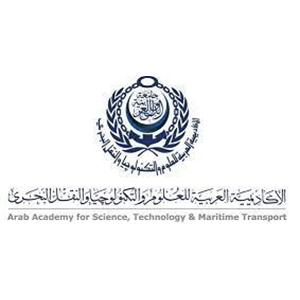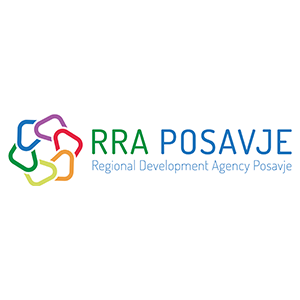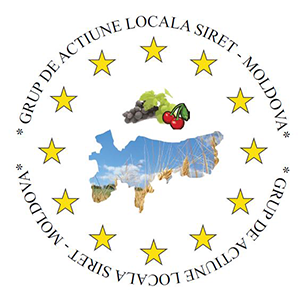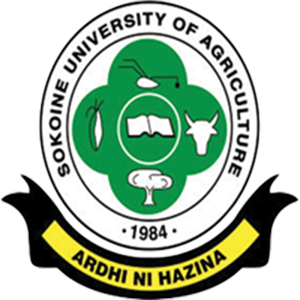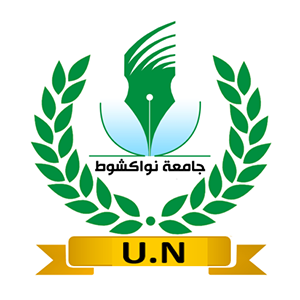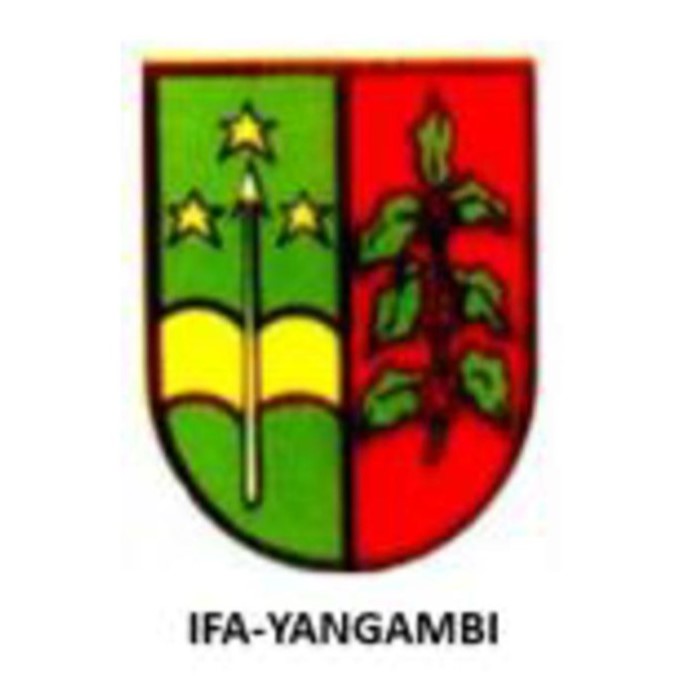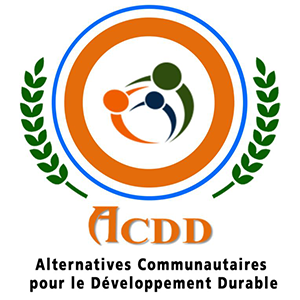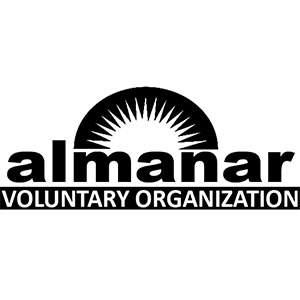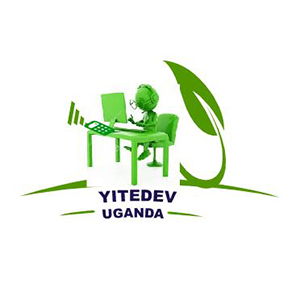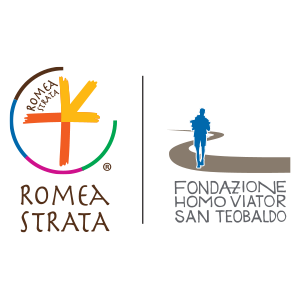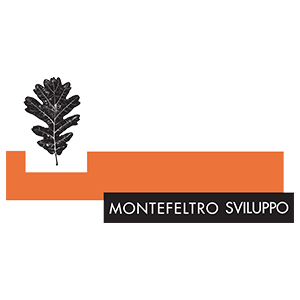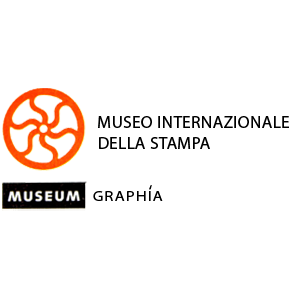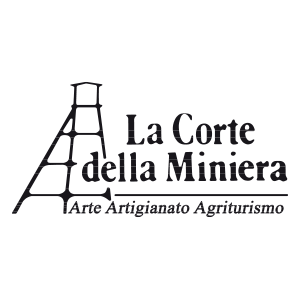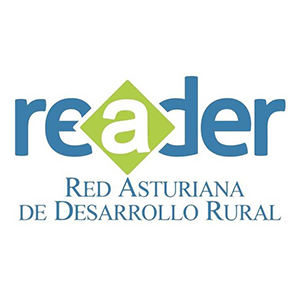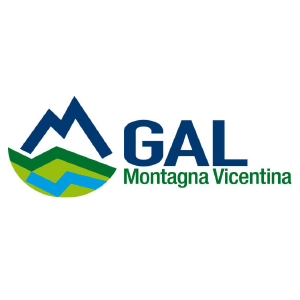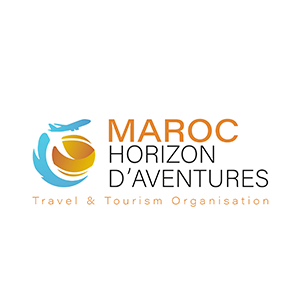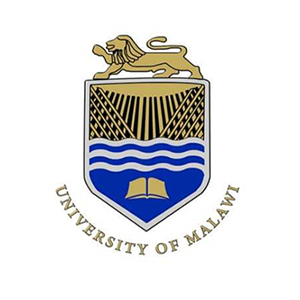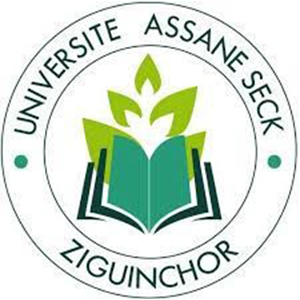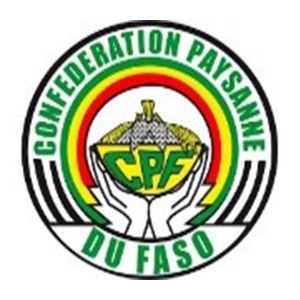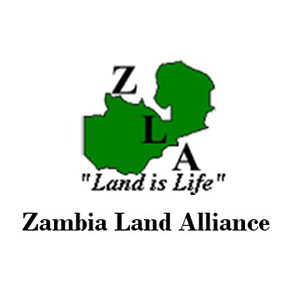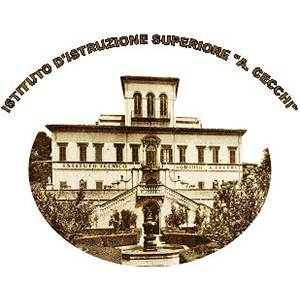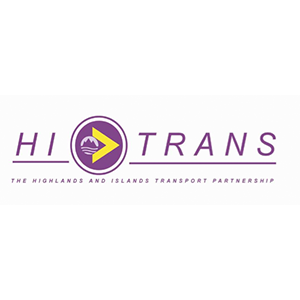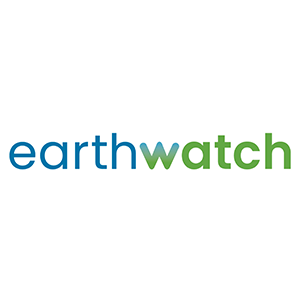Introducing rurAllure, a sister project of RURALITIES, with a singular mission — to enrich the cultural, economic, and demographic landscape of predominantly rural regions along pilgrimage routes in Europe. Funded by the EU, rurAllure establishes a network of cultural institutions, providing museums and natural heritage sites greater visibility along these sacred paths. This initiative also opens a digital portal for local businesses to showcase services tailored to pilgrims, fostering economic growth and community connections. Join us in exploring how rurAllure intertwines cultural heritage with pilgrimage routes, creating opportunities for regions facing unique challenges.
Follow the discussion with Elena Dubinina, rurAllure communication team leader, as we delve into the vision and impact of rurAllure.
What does rurAllure stand for?
The project’s full title “Promotion of rural museums and heritage sites in the vicinity of the European pilgrimage routes” has a short abbreviation rurAllure, coming from two words – “rural” and “lure”, showing the project’s key objectives – to lure the travellers and walkers to the rural areas.
What are the main goals of rurAllure?
This Horizon 2020 project has a duration of 3 year and was launched in the beginning of 2021. During this time the Consortium has been working on two levels targeting policy-makers and tourists. The partners conducted a thorough research and prepared a policy brief, a series of recommendations and a manual of best practices to be shared with the European, national and regional policy-makers and relevant stakeholders to provide tools for territorial enhancement and valorisation. The research is focused on rural areas in the vicinity of pilgrimage routes.
On the other hand, we developed tools, allowing tourists, walkers and pilgrims to easily prepare self-guided tailor-made tours depending on their interests and motivations. The project has now launched a digital platform and a mobile application, containing more than 8,000 points of interests (cultural and natural heritage sites, museums, gastronomic activities, traditions and festivals) along and near-by the major European routes, combining them with the economic actors (hospitality, catering, guides and services).
Where are the pilot areas of the project?
The project unites 6 pilgrimage routes: Camino de Santiago (or St James’ way), St Olav ways, the Way of Mary, Via Francigena, Romea Strata, Via Romea Germanica. Together they run across 11,000 km of 18 European countries.
The participating routes are divided into 4 pilots, each of them preparing mapping and tourism packages combining walking with specific experiences. The partners in the package on the St James ways focus on the literary heritage of writers and poets in Spanish Galicia and northern Portugal. The St Olav’s Ways – the network of walking routes in Scandinavia with a terminus in Trondheim – is combining hiking and ethnography.
The Way of Mary, the pilgrimage route in the Central Europe and the Balkans with a destination in the shrine of Csíksomlyó, enhances the natural beauty of the route.
One of the packages is dedicated to the ways to Rome, combining Via Francigena (3,200 km from English Canterbury via Rome to Santa Maria di Leuca), Romea Strata (4,044km from Tallinn to Rome) and Via Romea Germanica (from German Stade to the Eternal City). This package combines walking with thermal heritage.
How can the project go beyond its timeframe?
rurAllure ends in a few months, however, the Consortium will continue working together thanks to the recently launched the European Cooperation Network along the Pilgrimage Routes.
This network will capitalise on the project results, such as mapping of cultural heritage, academic research, communication and marketing strategies and profiling of pilgrims but most of all collaborations among the stakeholders.
It facilitates the cooperation at pan-European level among actors involved in pilgrimage routes management and promotion, favouring coordination and raising a common voice.
Serving as a platform to share best practices on rural development through cultural tourism, it also facilitates creation of joint projects.




